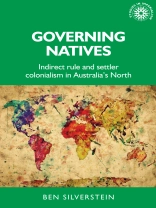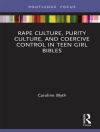In the 1930s, a series of crises transformed relationships between settlers and Aboriginal people in Australia’s Northern Territory. By the late 1930s, Australian settlers were coming to understand the Northern Territory as a colonial formation requiring a new form of government. Responding to crises of social reproduction, public power, and legitimacy, they re-thought the scope of settler colonial government by drawing on both the art of indirect rule and on a representational economy of Indigenous elimination to develop a new political dispensation that sought to incorporate and consume Indigenous production and sovereignties. This book locates Aboriginal history within imperial history, situating the settler colonial politics of Indigeneity in a broader governmental context.
Inhoudsopgave
Note on terms
1 Strehlow’s problem: colonial transformations and a governmental event
2 The political organisation of the British in their Empire, 1875–1939: transforming indirect rule
3 Reporting on the northern contradiction: conflict and crisis, 1918–45
4 Thomson in Canberra: anthropologising Aborigines
5 Native administration in the northern territory: a white minority in the national community
6 From a white Australia to an Aboriginal New Deal
7 The long march: work and the ends of settler colonialism
8 Never yet: the tense of citizenship
Bibliography
Index
Over de auteur
Ben Silverstein is a Postdoctoral Research Fellow in the School of History at The Australian National University












